A young woman with a passion for adventure sports, Jayanthi Kuru-Utumpala broke barriers and put women in the forefront of this country’s sports by her historic ascent of Mount Everest on 21 May 2016. A Bishopian, she gained a Journalism and Communication Diploma from the Sri Lanka Foundation Institute and a Bachelor’s degree in English from Delhi University. Committed to women’s rights, with a Graduate diploma in Women’s studies from Colombo University, and winning a Gender Studies MA scholarship at Sussex University, she worked with the Women and Media Collective; and as a Gender Specialist with CARE International Sri Lanka.
“It’s all about the power of the mind, which can go beyond the physical pain and that’s what endurance is about.”
In your opinion, what is the significance of Everest?
It’s been legendary, with Tenzing and Hilary’s climb. For me an almost mythical place, being the highest place on earth. Everest for some reason had inspired me since childhood. My school friends remember that even as a child I said that I would climb Everest. I never thought I would get there. It’s been a dream and for me was almost like going to the moon.
I met my team mate Johann Peries in 2011 on an expedition climbing ‘Island Peak’ (6,200m) in Nepal— an opportunity to try out our bodies at high altitude. I mentioned to him I’d seen Everest, a dream ascent for me so far, and invited him to join me to climb it and he agreed. I realised then there was someone as crazy as me to think about it and consider this climb.
What were the challenges you faced achieving this feat?
The biggest hurdle was sponsorship. We needed Rs 10 Million each. Sri Lankans seemed unaware of what an Everest climb meant —requiring days of climbing and the need to climb up, then come down to each camp and go up again – expecting we’d climb up and down in a day, like Pidurutalagala! Companies which usually sponsor sports events and others, who knew about mountaineering, didn’t step forward, which was disheartening. We did get sponsors, but not immediately or spontaneously.
Johann and I trained together. I had been training over the years, including basic and advanced courses in mountaineering, gaining the required technical skills: rock climbing, ice climbing, crevice rescue, identifying mountain sicknesses –including Acute Mountain Sickness (AMS).
A close friend, Katherine Davis’ attempts to find a Sports psychologist, for mountaineering and mental strategising, failed and academic writers overseas didn’t respond; but, during those two months, I read chunks of academic articles on endurance Katherine sent me, helping prepare me mentally for such a big challenge – and for the high possibility of failure.
I understood about thinking positive: when the body says ‘no’, the mind can continue. It’s all about the power of the mind, which can go beyond physical pain and that’s what endurance is about. Every day my boots would cut me and every step was painful, but I realised you just think beyond the pain – I have come to do this, I have to do this – talking to myself, saying I’m not going to stop. There were days when back at Base Camp, you’d be completely depressed about the environment, difficulties, challenges; would we be able to make it, the summit was so far away. There were challenges daily, and every day was an exam.
Was it difficult to deal with ordinary, human, daily activities on the highest mountain?
It was really hard. The first two weeks were ok, as we walked to get to Everest Base Camp, staying at guest houses with a bed for your sleeping bag, toilets and a shower. There was no heating but you could stand up in your room. But after Base Camp your room becomes your tent. I am 5’ 1.5” so I could kneel. Tall people can’t kneel and we would all have to crawl into the tent. Inside you’d be pretty much sitting down or lying down whatever you did.
Eating was difficult. You lose your appetite the higher you go. Above 7,500 metres (the “Death Zone”), the body does not consume food, it doesn’t digest food ; instead it just consumes itself and starts shutting down.
We had to drink at least 3-4 litres a day to avoid altitude sickness, but this was a challenge: when you take two gulps of water you just pant because there’s less oxygen in the atmosphere from Base Camp onwards. I couldn’t sleep, and often woke up out of breath. Some nights, I’d sit up all night. It’s uncomfortable, you can’t roll too much or you slide off your sleeping mat onto a floor of ice.
At Camp 1, I took my gloves off to brush teeth touching water for a few minutes, and my hands started freezing: it was painful, like a burn. I warmed my fingers on my water bottle into which I’d put hot water. After that I didn’t dare try to brush teeth.
The Camp 1 toilet was just a 1 ft-high ice wall, a semi-circle, which just about covers the basics. But “wetwipes” freeze and you must ensure toilet paper doesn’t fly in the wind. Your clothes being layered, you must make sure they don’t fall into the poo bucket. You have to pee in your bottle as only poo-ing is permitted in the toilets. We had a water bottle and another similar bottle with a wide mouth for pee which had with a band around so you don’t drink it accidentally in the middle of the night. You needed to focus on the pee bottle, where you keep it, how you keep it, always be sure to empty it and not leave it outside, as it freezes and can’t be opened.
My period was a problem, I took a pill to stop it, but it didn’t, perhaps it was the altitude. Blood is thicker the higher you go and blood loss makes you weaker. This was a disaster because there is a window of time to complete each climb and descent. One day I took 12 hours for a 7-hour climb and the following day, too, I failed my timing and had to turn back. I tried telling my Sherpa I had my period, but he said “No! Too slow, too slow. You won’t make the summit”. I was saying, ‘bleeding bleeding’, but it didn’t work. The guide said the mountain takes no excuses, you have to do it or you don’t do it – It is unforgiving, you have only one chance.
What life lessons can you learn from this experience?
Many, but the most important is mental strength. It’s all about telling yourself you can do it, that really changes how your body will work, how your body follows the mind, if your mind is strong enough. People would tell me, ‘you’re so tiny, how are you going to climb Everest?’ Although no one said so to my face I think my gender was an issue for some. My motivation was that if I didn’t do it, what would people say about girls and adventure sports. Women and girls can really do anything; gender is not a barrier, nor is size.
Teamwork was also such a huge factor. Although , only I went to the top, Johann and I made it as a team for almost two months. Johann was really strong, mentally stronger than I. We also had a team back home, friends supporting us, volunteering their time. They maintained our facebook page and we would see comments from people we did or didn’t know. When we were low and depressed, seeing these comments and people cheering us, realising there were so many people behind us, was encouraging: they were part of the bigger team that came up with us.
Facing fear, which is an underlying factor through the journey. The day I woke up to go to the airport I felt it. Before, the planning was so manic and when the day came to leave, I had cold feet, as I realised ”God I’m actually going to Kathmandu to climb Mount Everest”. I even wrote my last will, although I did not tell my mother at the time, knowing there was a chance of a fatality. My family was supportive. I knew my mother who encouraged me would have been praying for my safety. My sister in law commented I could have bought a house and a car with the money we needed for this expedition. Mind you, I have neither a car nor a house!
The other time I felt fear was when they said the weather had cleared up and that the ‘Summit window was open: ‘Tomorrow morning pack your bags, you’re climbing tomorrow’. This was the first time going up to that height. The fear you will have no contact, the fear of ‘Will I come back’, yet wanting to do it. You mitigate the risks. I did it and realised you can overcome fear. But there is luck in it too.
I also experienced spirituality. I am not religious but the mountains are so powerful and you feel so tiny there as you see other climbers going up the mountain like ants. You have to keep going up and you know you can be in the wrong place at the wrong time and you can have an avalanche and your life could just go.
Making it to the Summit of Everest entailed determination, a hard slog, sacrifices, serious risk taking and central to my goal, mental strength to overcome fear and uncertainty.
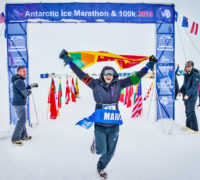
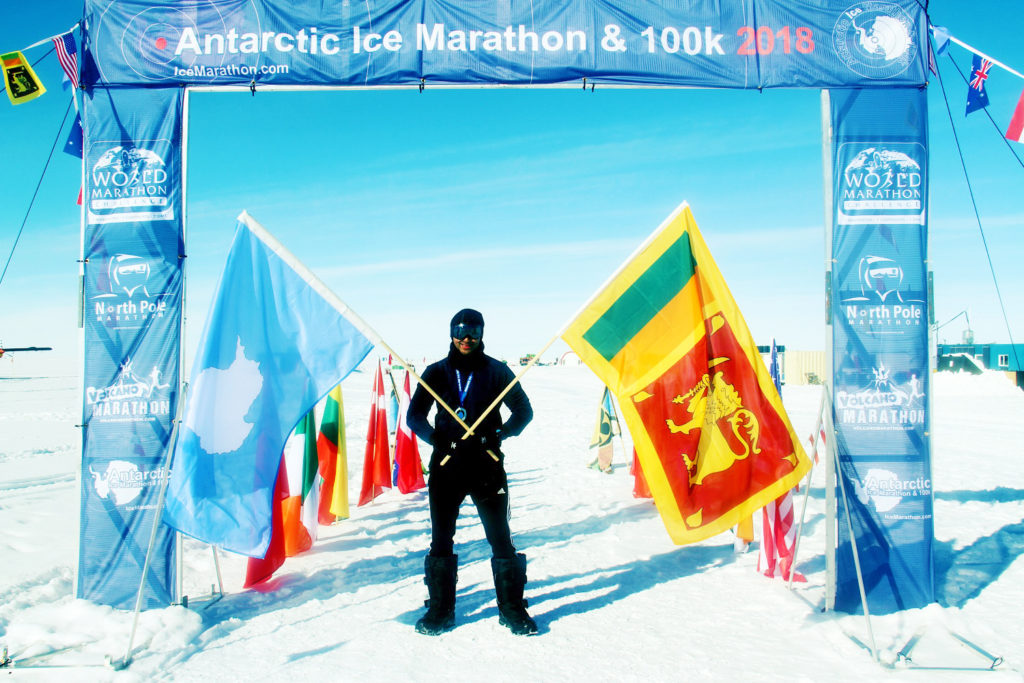
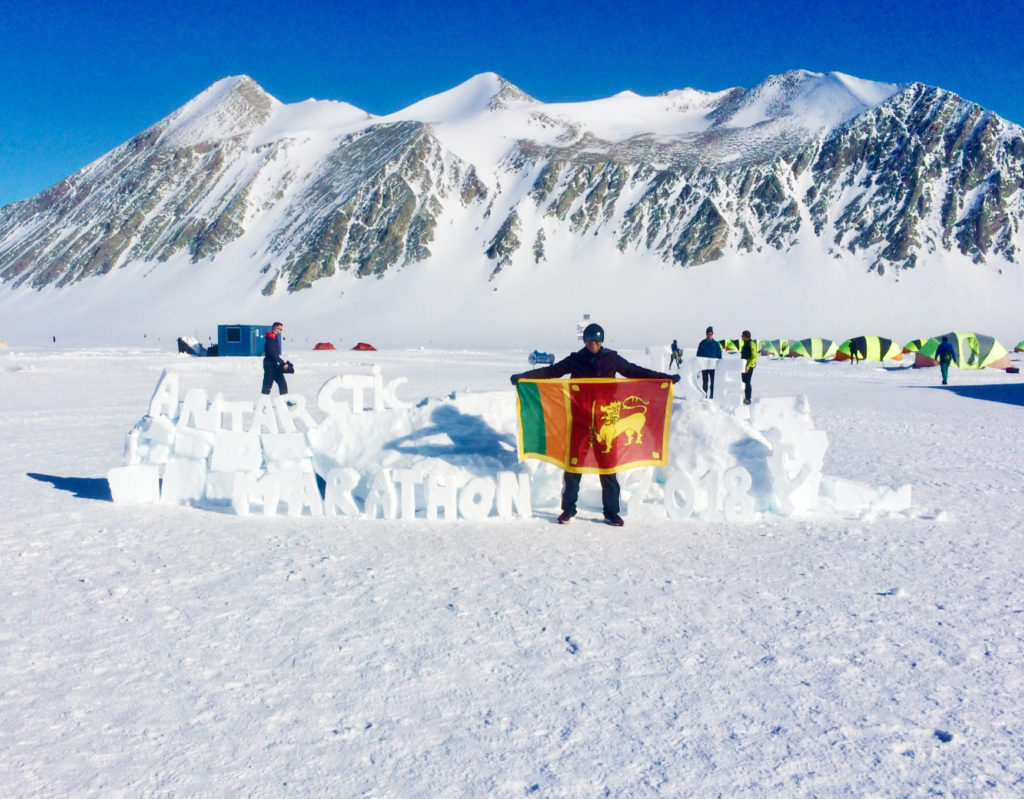
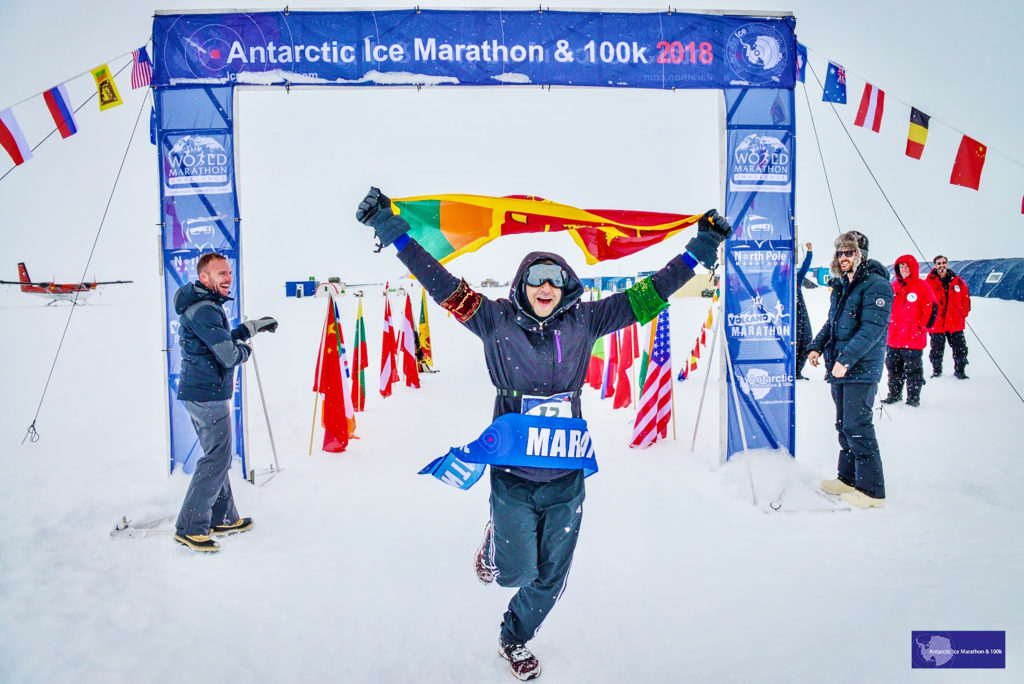
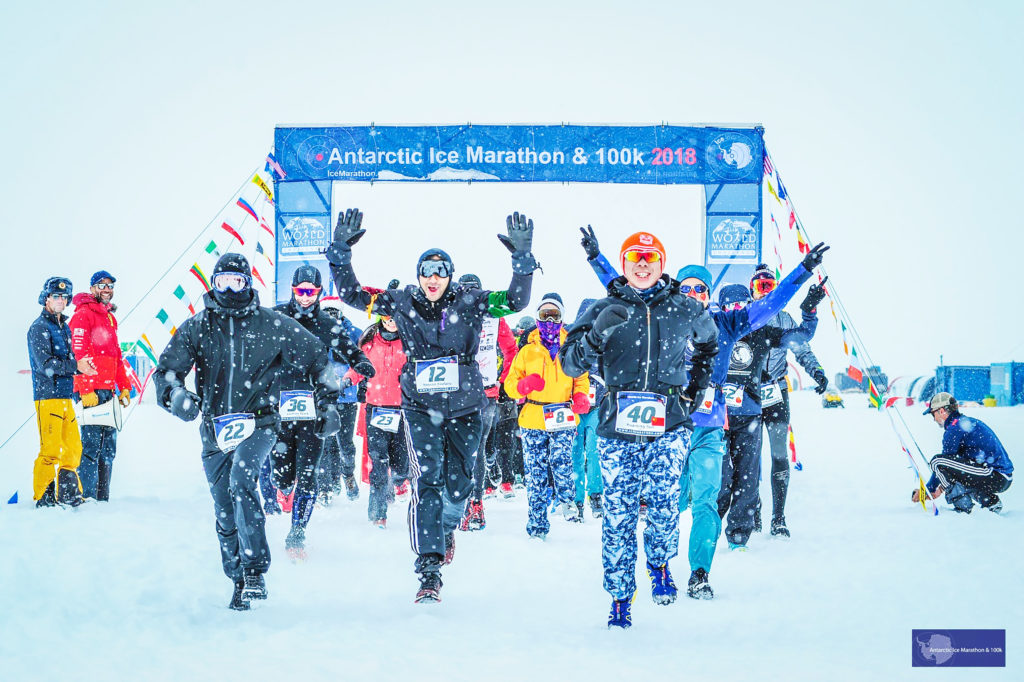
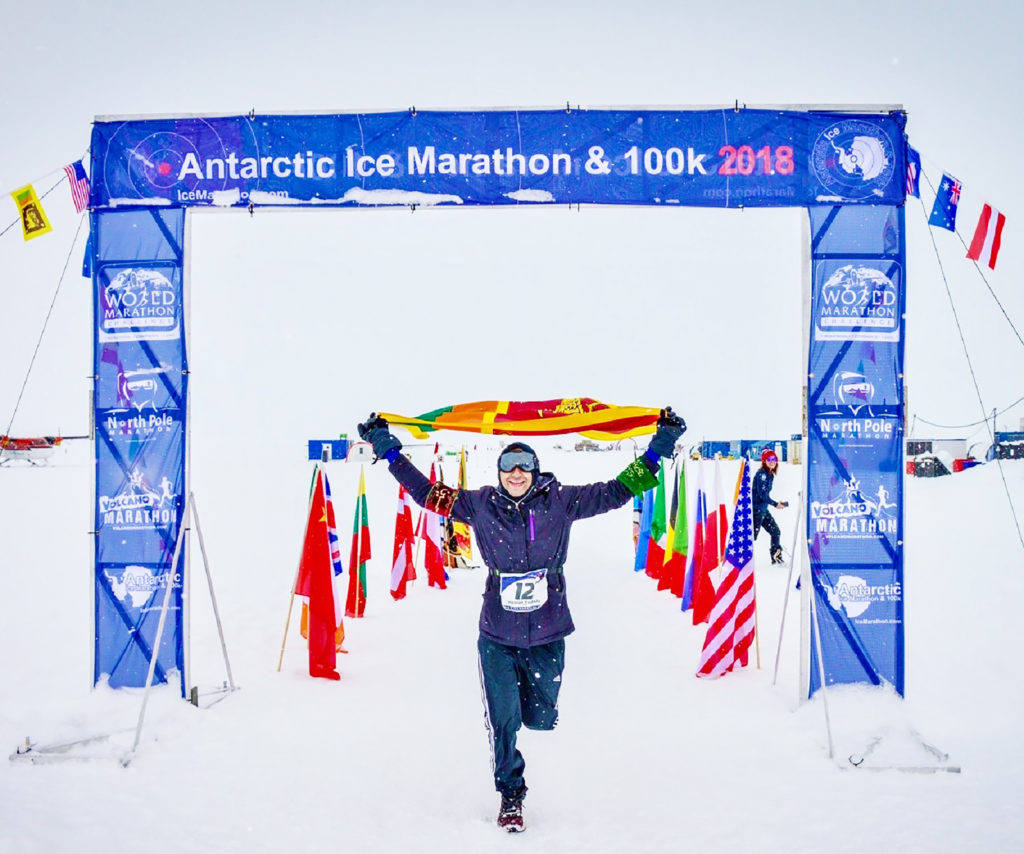
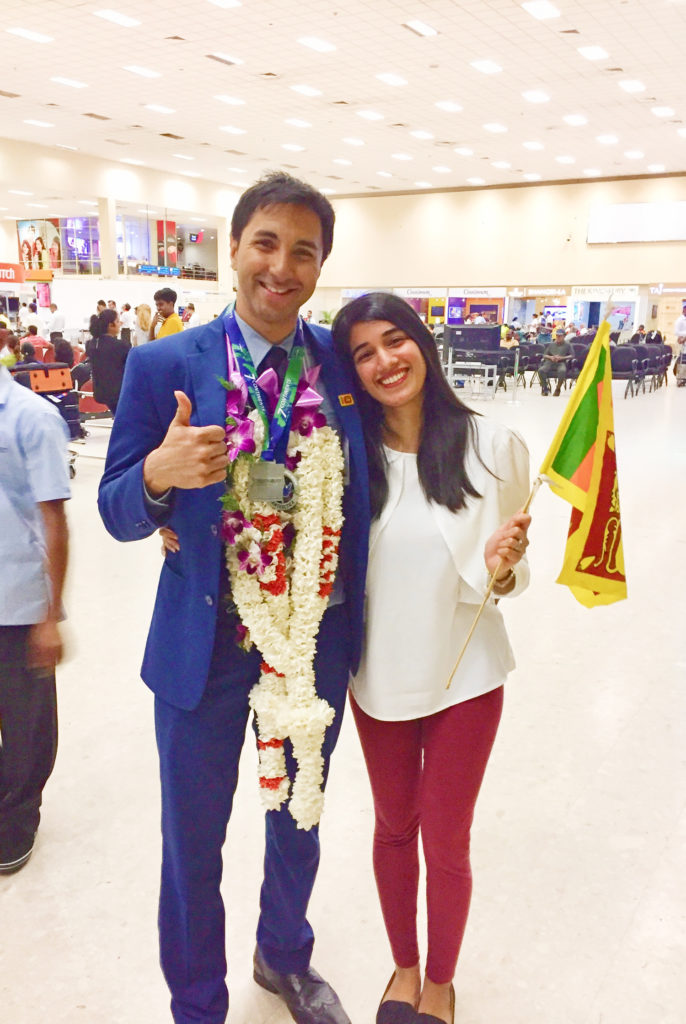
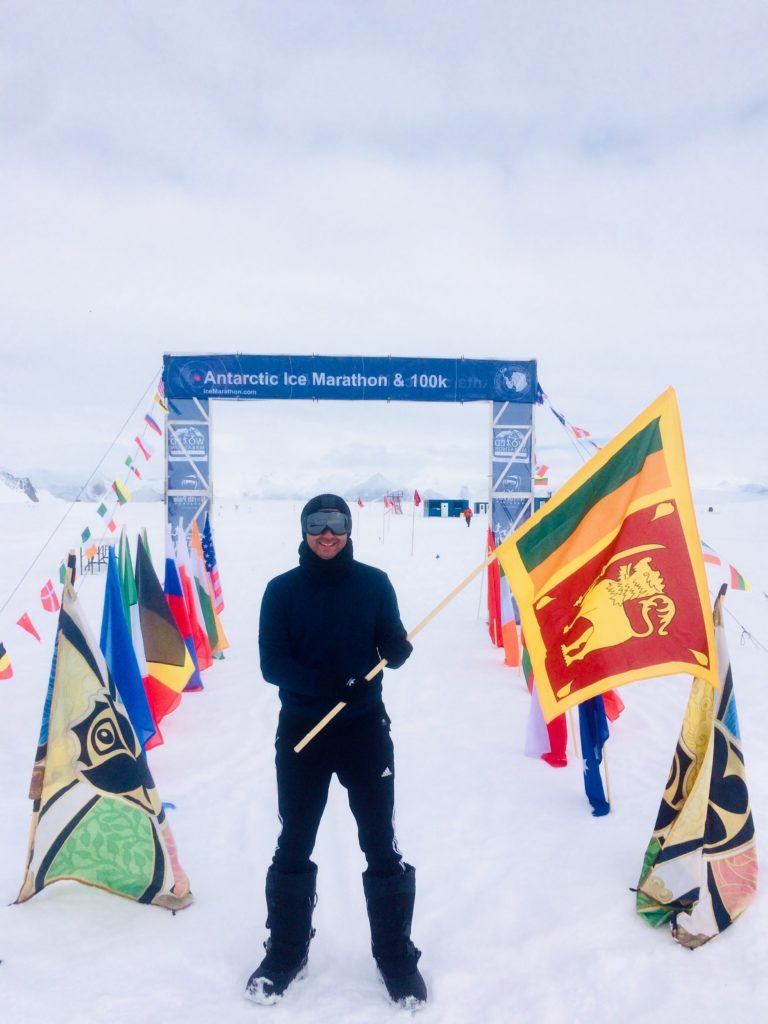
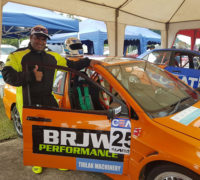
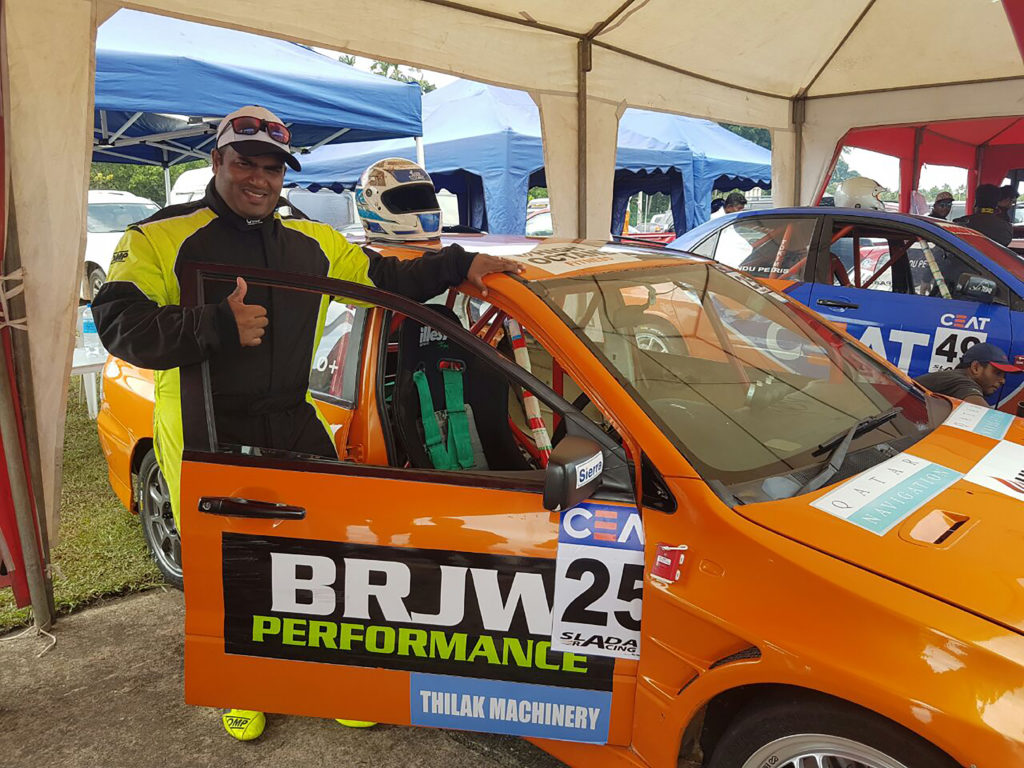
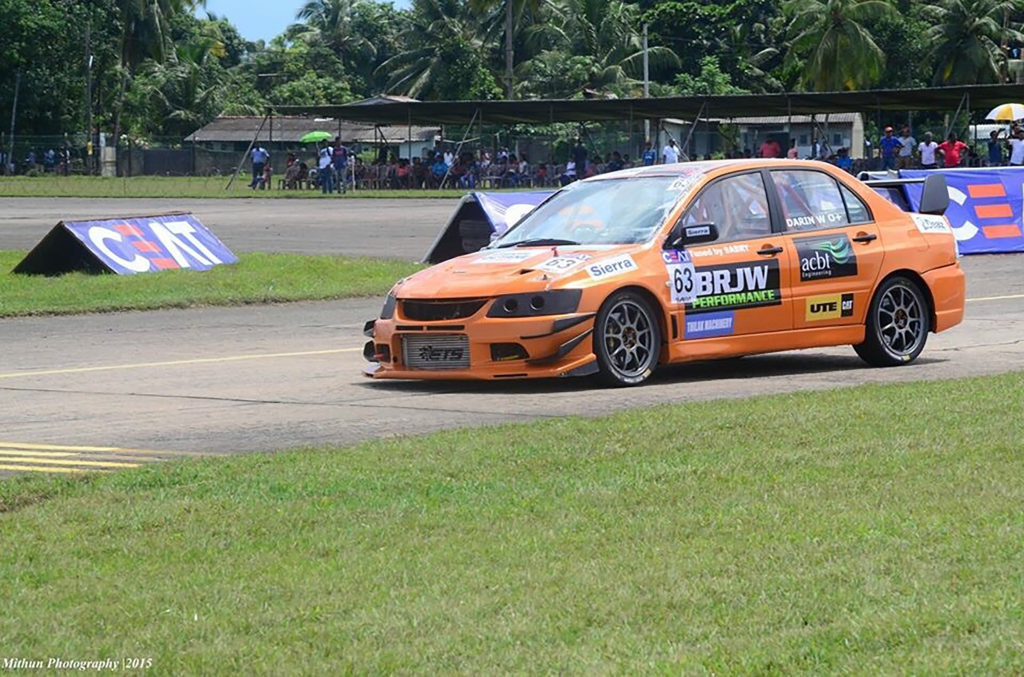
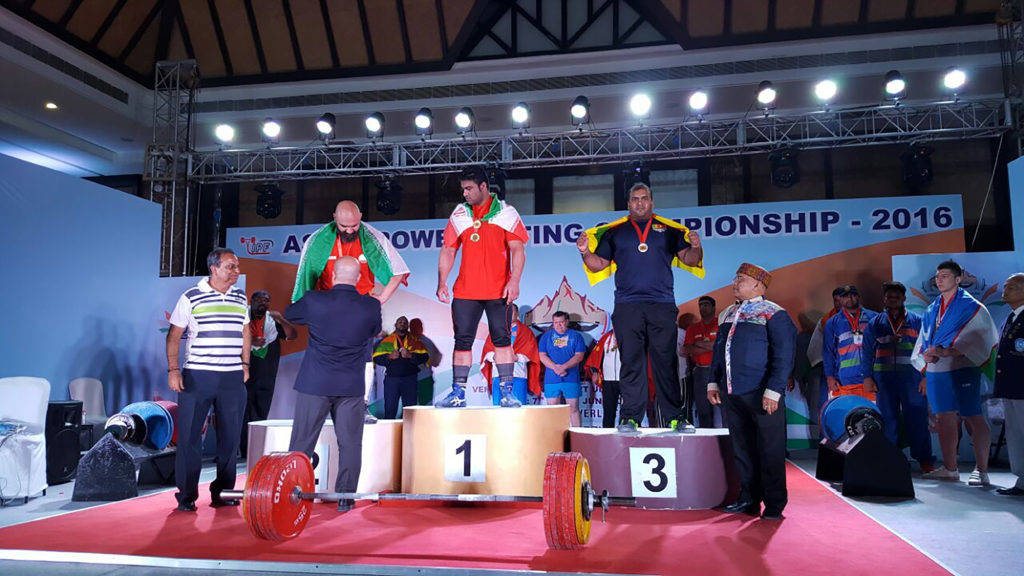
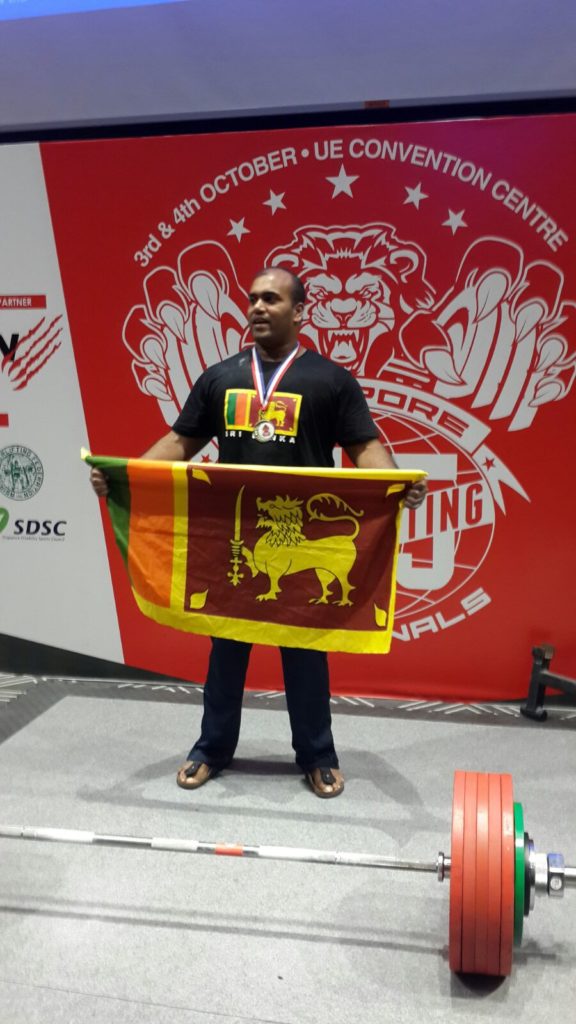

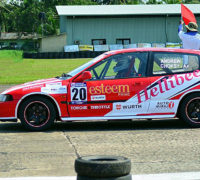


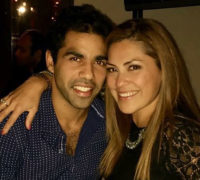
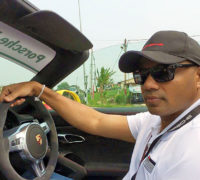


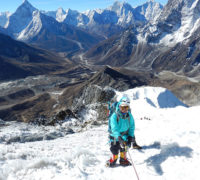
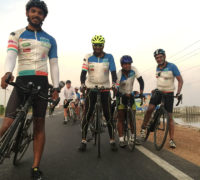
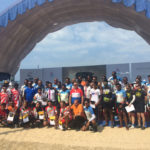
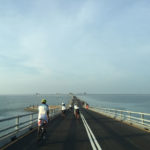
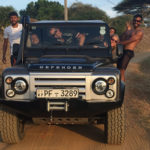
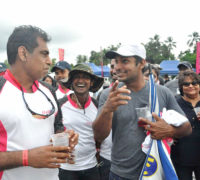
 I seriously need to sort out my own transport, I thought.
I seriously need to sort out my own transport, I thought.